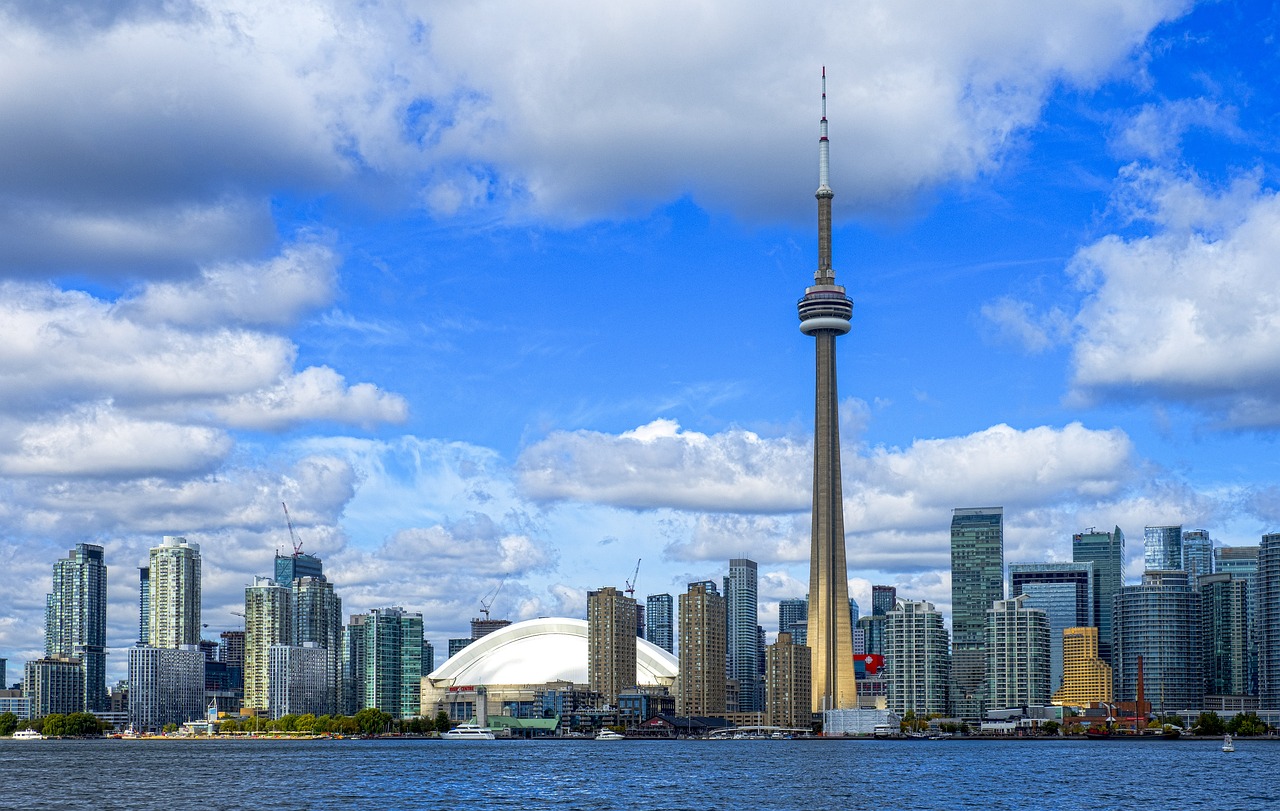
With the introduction of the Toronto Green Standard (TGS) Version 4, the city of Toronto is setting new benchmarks and raising the bar for green building practices. This update is not only a pioneering move in North America but also a significant milestone globally.
The new standards now include life-cycle assessment (LCA) requirements, which used to be optional. The main issue at hand pertains to ensuring compliance and accessing market-approved materials. Developers are unsure if this reduction can even be achieved, and if so, at what cost?
We’ll address the key benefits below and why the incentives outweigh any potential risks and costs. We will also show you how One Click LCA can help make compliance simple and easy.
Toronto Green Standard (TGS) version 4: pushing boundaries for a sustainable future
The TGS initially started as a voluntary guideline in 2006, later becoming mandatory in 2010. Toronto's commitment to sustainability continued to drive the city towards even greater achievements. With TGS Version 4, Toronto has become the first North American jurisdiction to enforce net-zero emissions for new city-owned buildings.
Key updates & requirements:
-
City-owned buildings must limit upfront embodied carbon emissions associated with manufacturing, transporting, and constructing major structural and envelope systems to below 350 kg CO2e/m2.
- This limit is applicable to all new city-owned buildings and extends to new mid to high-rise buildings seeking Toronto Green Standard Tier 2 performance rating. These calculations are thanks to work done by Ha/f Climate Design in collaboration with the City of Toronto.
The focus of the TGS Version 4 is to reduce upfront embodied carbon emissions occurring in life cycle stages A1-A5
A1: Raw Material Supply
A2: Transport (of raw materials to manufacturer)
A3: Manufacturing
A4: Transport (of manufactured goods to construction site)
A5: Construction/Installation Processes
TGSv4 is driving significant positive change by addressing the largest source of greenhouse gas emissions in Toronto: buildings, which account for 58% of the city's carbon emissions (up to 80% of those emissions from embodied carbon).
Unlocking Opportunities: Harnessing TGS Version 4 Updates to Supercharge Developer Success
TGS Version 4 has arrived during challenging times. There is a hot real estate market in Toronto, due to strong migration and population growth. Coupled with a housing shortage and post-pandemic-related labor challenges, it might feel like a bad time to introduce new legislation, targets, and limits. But, the climate crisis won’t wait for economic conditions to be perfect. A new study published by the World Meteorological Organization provides new evidence that global warming is on a course to reach 1.5 degrees Celsius (2.7 Fahrenheit) above pre-industrial averages by 2027, regardless of how much greenhouse gas emissions rise or fall in the coming years. The time for change is now.
"Tenants are willing to pay 13% more for low carbon properties. Gen Z is willing to pay up to 20% more."
Development permit incentives
In addition to promoting the very real need to reduce emissions today, TGS Version 4 provides incentives to both investors and developers.
To encourage compliance, the City of Toronto offers significant development charge (DC) refunds for projects that achieve Tier 2, 3 and 4 levels of the Toronto Green Standard. This financial incentive can help offset the costs associated with sustainability requirements.

The bar graph shows the DC Refund increases adopted by City Council in 2022 for TGS Version 3 or later projects: a 25% increase for the Tier 2 Refund and a 50% increase for Tier 3 or 4 near zero emissions projects. (Source: City of Toronto)
Greenhouse gas reduction:
TGS version 4 developments are projected to contribute to cumulative greenhouse gas emissions savings of 1 Million Tonnes CO2e by 2050. One million metric tons is roughly equal to the average annual emissions of 35 commercial airliners, 216,000 passenger vehicles, and 115,000 homes in the United States. By adopting sustainable practices, developers play a vital role in mitigating climate change.
Marketing opportunities:
New research by Legal & General shows tenants are willing to pay 13% more for low carbon properties. Gen Z is willing to pay up to 20% more. Consumers are now rating homes with energy efficient, sustainable features as more important than the size of the property. The focus on sustainability in the TGS Version 4 provides developers with a valuable marketing tool. By highlighting their commitment to sustainability, developers can attract environmentally conscious tenants who prioritize ESG factors in their decision-making.
Attracting investment:
The drive for tenants to seek sustainable properties means appeal of major investment funds. Following the COP26 & COP27 Conferences, more REITs (Real Estate Investment Trusts) than ever are making commitments to net zero emissions. Toronto's adoption of TGS version 4 makes the city more attractive to these investment groups, as it ensures that their investments align with their sustainability goals.
Automating sustainability with One Click LCA
With One Click LCA, developers can navigate the complexities of sustainability requirements easily. It streamlines the calculation of embodied carbon emissions, ensuring compliance with the TGS Version 4. By automating and digitizing the LCA process, developers can save time, reduce paperwork, and alleviate the burdensome administrative tasks associated with sustainability practices. One Click LCA can also take your completed designs and easily convert them into GHG Scopes 1, 2, & 3 data, preparing them for any GHG accounting tools.
Carbon Experts Newsletter
Industry news & insights — straight to your inbox
Want to learn more?
Frida Alfredson • Sep 18 2024
Frida Alfredson • Sep 18 2024
Asha Ramachandran • Oct 03 2022
Aileen Carroll • Oct 18 2024
